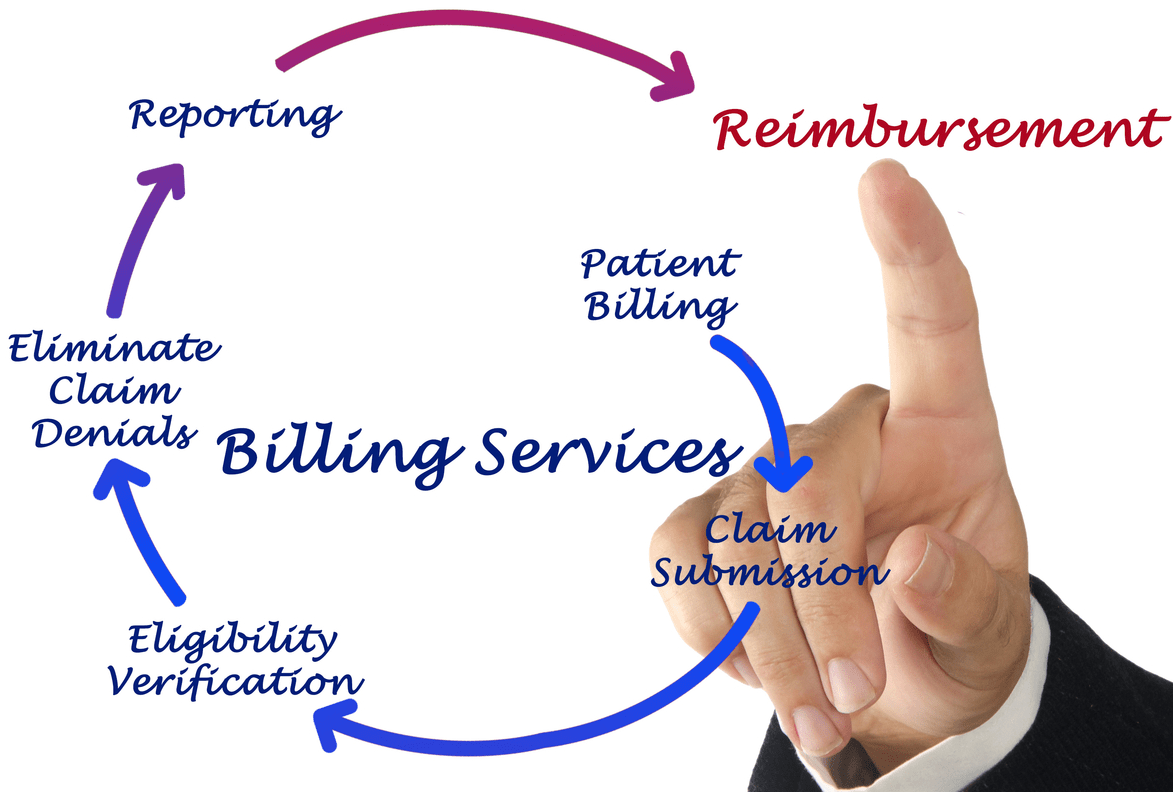Content Attributes
Do you have a great business idea, but don’t have enough money to turn it into the success you know about? If so, then the next step you need to take is to find people willing to invest in your dream.
But before you can get these much-needed funds, you first need to attract some investors and win their attention and trust. To do this, you need to know how to make a pitch deck. And best of all, pitch deck services will help you with this.
A pitch deck is a short presentation that gives your audience an overview of your business plan. Also called a startup or investor pitch, it helps potential investors, partners, co-founders, and even clients learn more about your company, the solution you are proposing for a specific client pain point, and what kind of funding you need to promote your brand forward.
Essentially, a presentation is a compelling story about your business that will help you make a good first impression with your audience. This will help you to summarize your ideas in as few slides as possible.
One of the most notable characteristics of a pitch is its brevity. While it might be tempting to just lay out everything there is to know about your company, people who really know how to make a presentation understand that it’s best to stick to a few compelling points during your first meeting with potential investors.
Typically, a good presentation does not overwhelm the audience with too many slides and bulleted lists. And it doesn’t last long enough to tire the audience and waste their time. The best presentation is concise and easy to understand.
On average, investors spend no more than 4 minutes getting acquainted with the presentation, so it is important that your deck is simple and concise. Below are all the main sections you need to add to your presentation.
Title page. Include your company name, your name and title, and contact information.
Slide 1 – Company Overview. In this slide, it is worth pointing out the key information about your startup: problem, your solution, your experience, key tasks. This slide should grab the reader and convince you that your company has the potential to grow.
Slide 2 – Problem. Describe the problem. On this slide, you should show what problem your consumer is facing, it is important to record statistics, show figures.
Slide 3 – Solution. Here you need to show how you plan to solve the problem. It’s important to make sure the reader understands what you plan to sell and what the company’s value proposition is. While working on this slide, it’s worth adding real-world examples where your product will benefit. If you already have successful cases, it’s worth sharing them.
Slide 4 – Why Now. This slide allows investors to quickly connect to the company’s goal and the problem being solved. Many startups were unsuccessful because they were launched at the wrong time. Try to show that now is your time.
Slide 5 – Business model. This is one of the most important sections of the presentation and potential investors stay on it for the longest time. Explain how you plan to generate income, who will pay you, your sales channels, and your gross and net income.
Slide 6 – Technology / Product. Describe the technology or product you are selling. Be sure to show how your product / technology is unique, but it is not necessary to talk in great detail about the details of your unique technology, it is enough to indicate the main features that distinguish it from competitors and why this technology is or will become the best solution.
Slide 7 – Market. Here you have to show the market capacity – this is an indicator that roughly reflects the market’s ability to consume any product.
Slide 8 – Competitors. Provide a complete overview of the competitive landscape. Remember, more information is better than less information.
Competitor analysis is a mandatory step before developing a marketing strategy. It includes a detailed study of the activities of the main players in the industry, from analysis of prices, advertising, products to a detailed SWOT analysis of competitors. Add a competitor map to your presentation.
Slide 9 – Team. Don’t forget that investors are investing in people. Indicate the main participants in your startup, their role, core competencies and expertise, links to social networks.
Slide 10 – Financial forecasts and key figures. Most investors know that you show them not entirely realistic financial forecasts, but despite this, they study this section in the same detail as the section on the business model. The information you reflect here tells you how realistic you are in financial planning.
Order your perfect presentation from https://www.halo-lab.com/services/pitch/ now!



